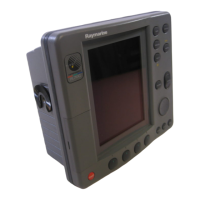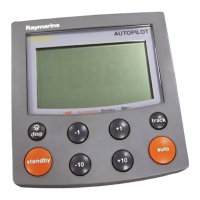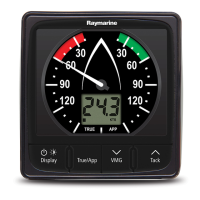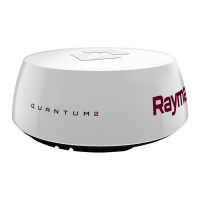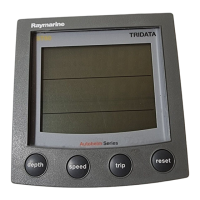Chapter 5: Standard Chart Operations 5-1
Introduction
Chapter 5: Standard Chart Operations
5.1 Introduction
This chapter explainshow to use the chart functions to navigatewith your
display.It covers the following topics:
• Using chart cards.
• Controlling waypoints, including placing, moving, editingand deleting
waypoints.
• Workingwith routes,including creating a new route,managing routes
usingthe route databaseand editing routes.
• Followingroutes and going to waypoints.
• Transferring Waypoints and Routes
• Usingtracks,includingshowingtracks,settinguptracks,savingtracksand
creatinga route from a track (SmartRoute).
All these chart functions are availablein plottermode, so you can plot and
trackroutes at largescales even when a chart cardis not installed.
Furtherfunctions,including measuringdistancesand settingalarms are
describedin Chapter 6.
Safety
The chartplottermakes it very easy to place a waypoint and travel towards it.
However, you should alwayscheck first that the route is safe. If you are using
thechartplotterin combinationwith a SeaTalk autopilot,the autopilot will
prompt for confirmationbefore it steersthe vesseltowards the waypoint.
If you have entered yourroute using a small-scale chart, zoom in to a larger
scale to check for hazards, such as small shoals, that may not be shown on the
smaller scale charts.
Note: Until you are familiar with interpreting the chart display, you should
take every opportunity to compare the displayed objects with visual targets,
such as buoys and coastal structures. You should practice harbour and coast-
al navigation during daylight and in clear weather conditions.
CAUTION:
The equipment shouldnot be used as a substitute for good navigational
practicenor for officialgovernment paper charts.
81186_3.book Page 1 Thursday, August 22, 2002 8:23 AM
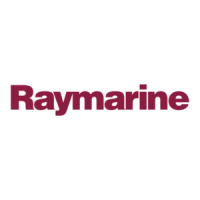
